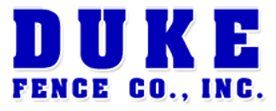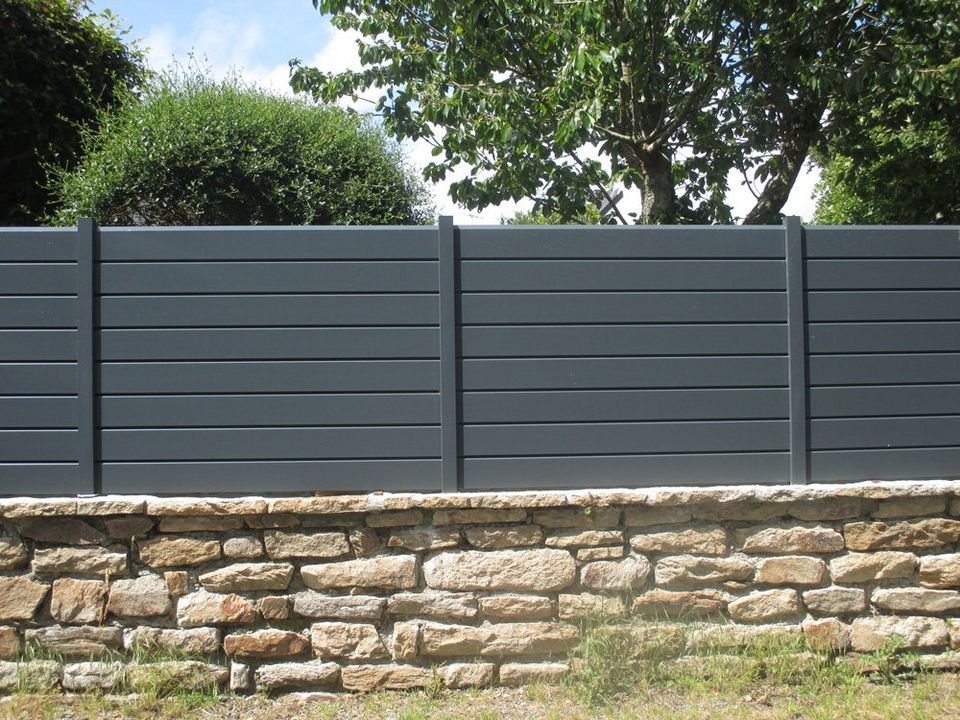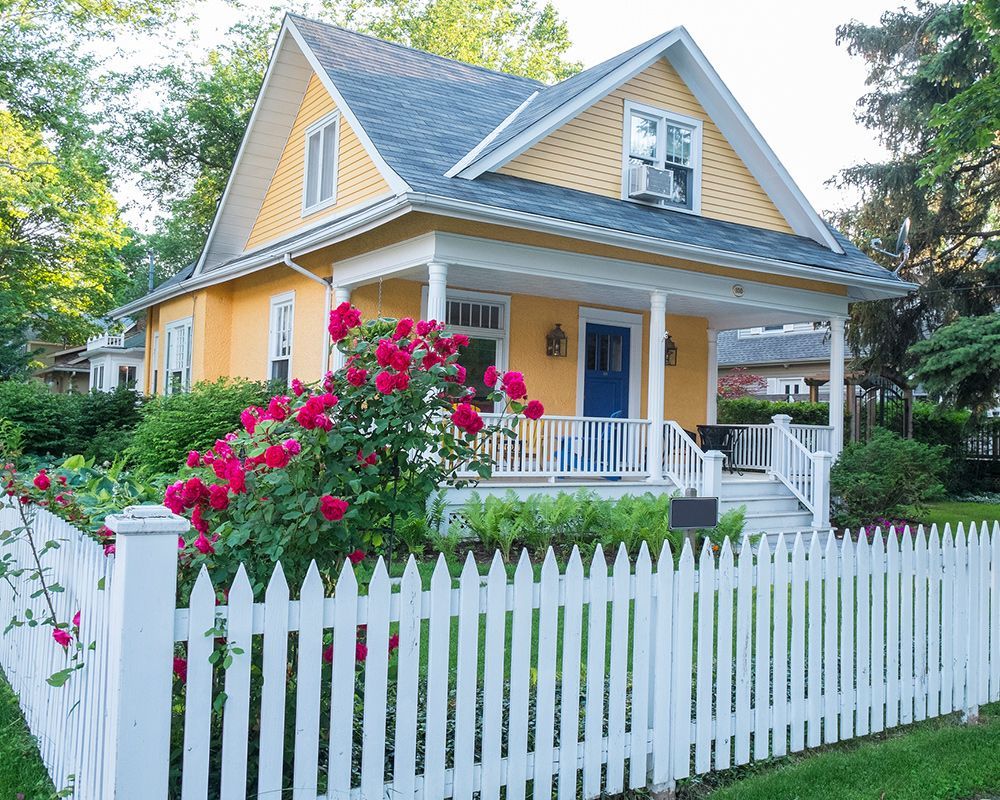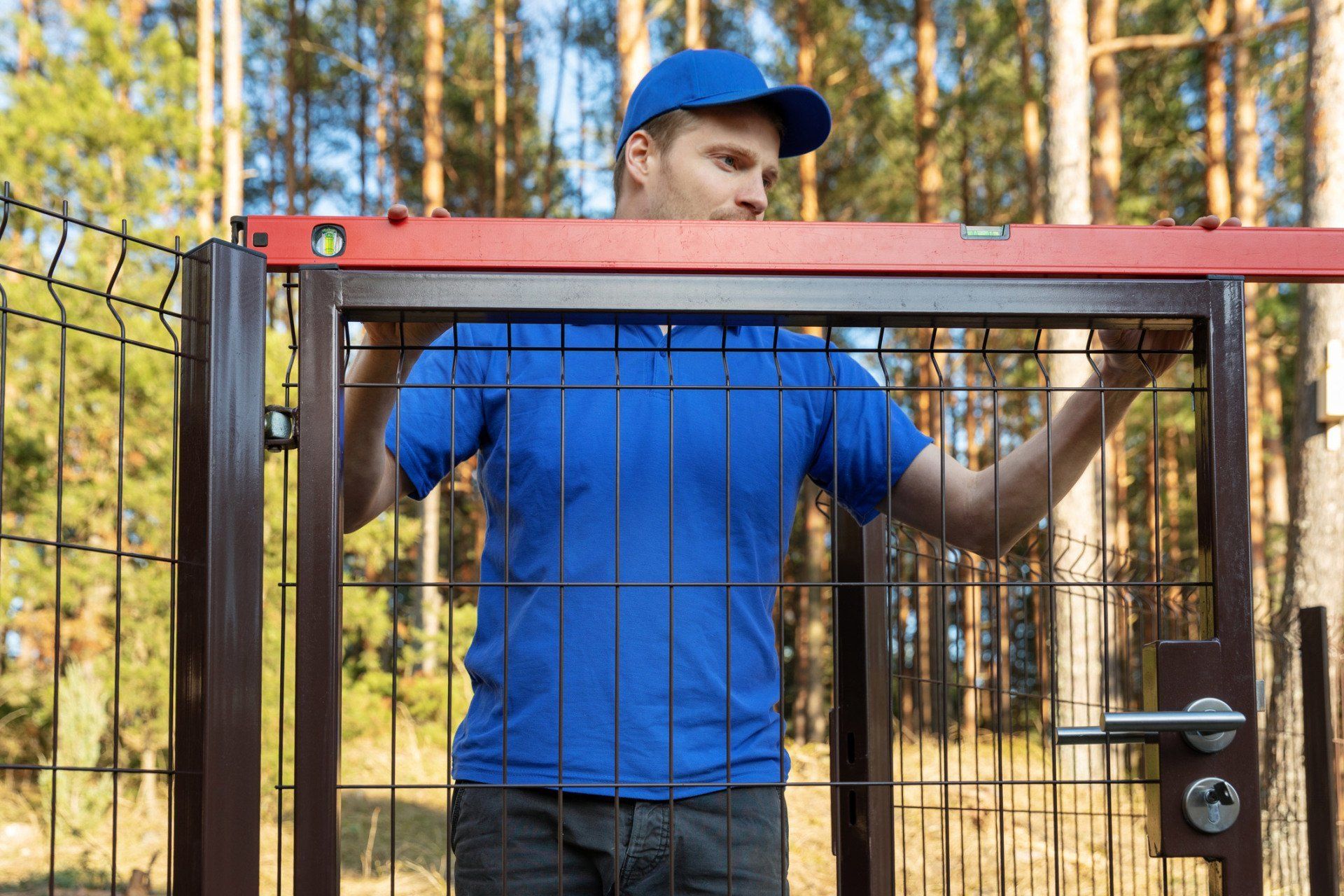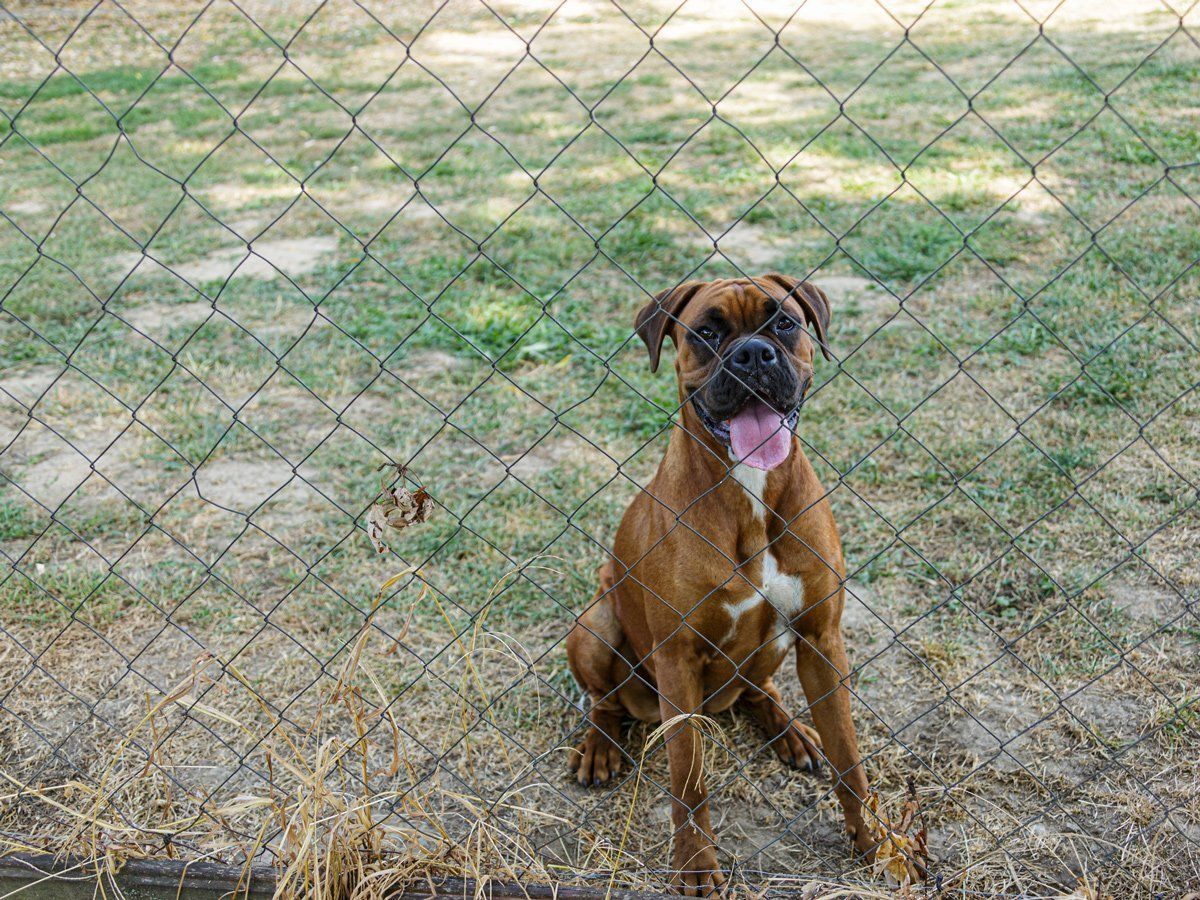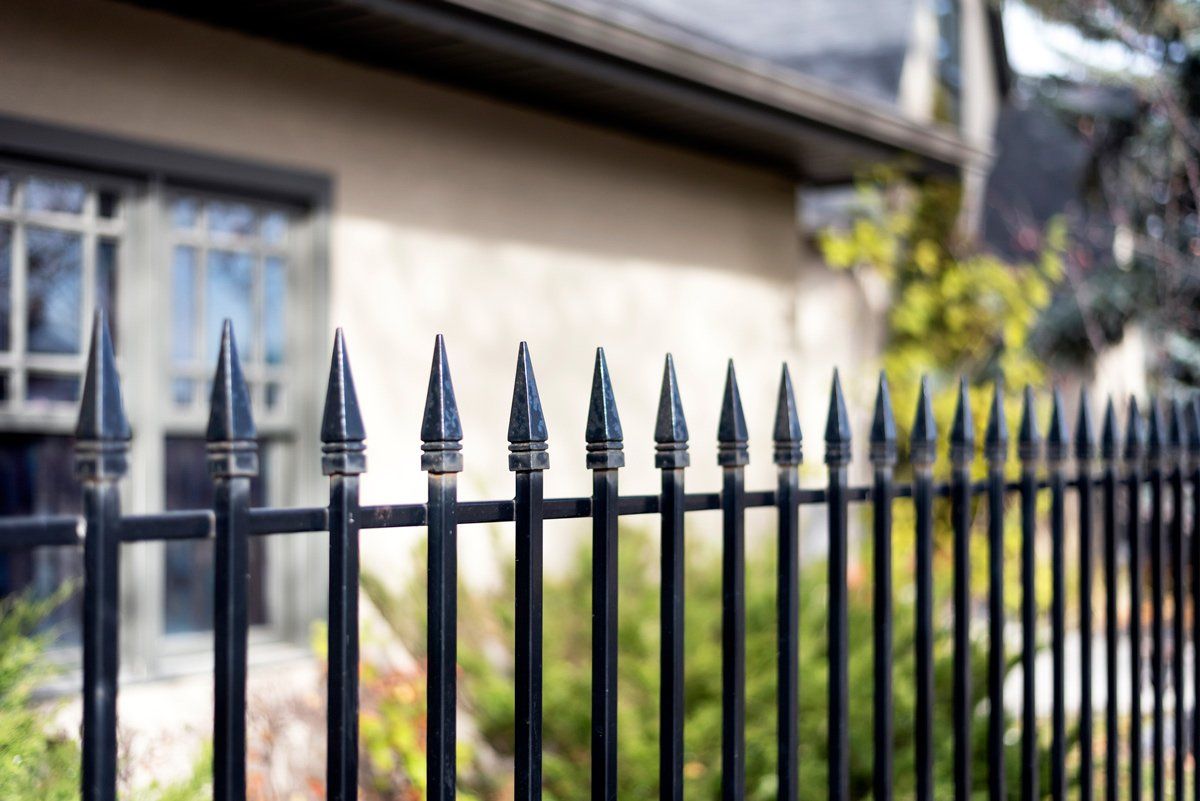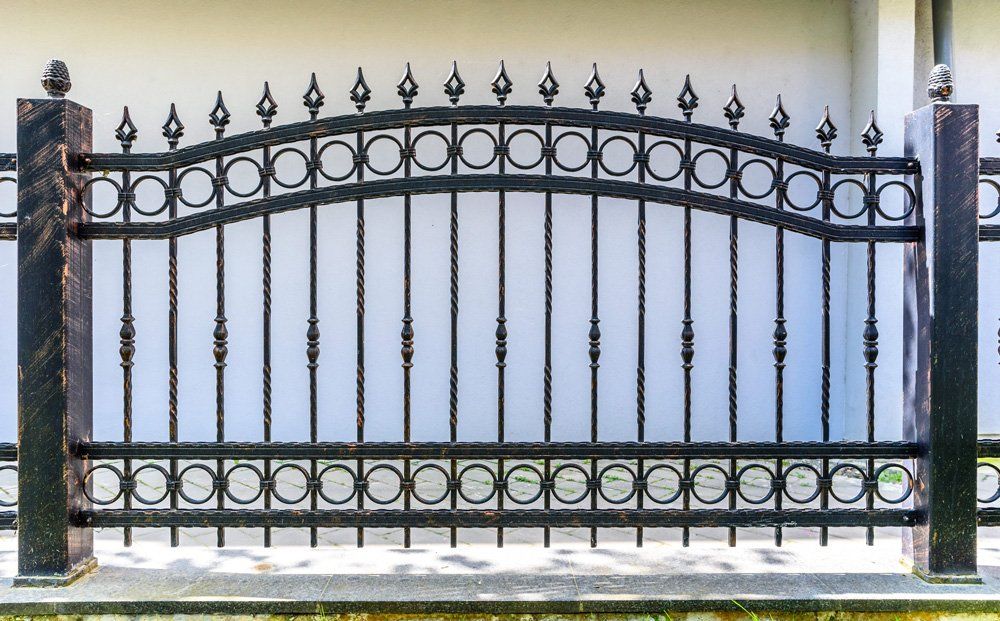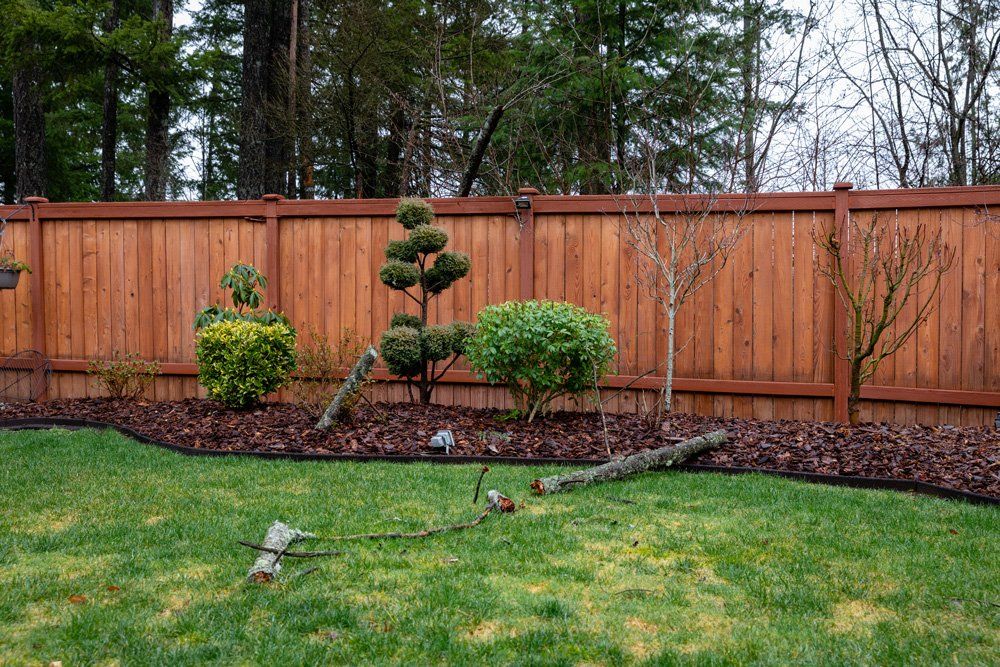As a dog owner, you need a fence that is attractive but also one that keeps your dog safely and happily in your yard. PVC fencing can be a superior option. Not only is PVC durable and well suited for pet fencing, but also it also requires nearly no maintenance - which makes it pet-owner friendly as well.
Here are a few ways you can use a PVC fence to keep your dog comfortable and safe while they're out in your yard.
Manage the View
Dogs can vary in their stress responses to things outside the fence, so you should know your dog's personality and how they respond to stimuli from outside your yard. You can manage your dog's levels of stress with two different strategies:
Solid Panel Fencing
PVC fencing is available in designs similar to wooden fences, which means you can find both solid panel and open picket designs. If you have a dog that barks or becomes stressed every time they see a stranger, then a solid panel fence is a good option. Unlike wood panels, there are typically no gaps in a PVC fence panel, so your dog won't catch sight of anything on the other side of the fence that could stress them out.
Fence With a View
Some dogs, on the other hand, become more stressed out when they can hear someone on the other side of the fence but can't see them. In this case, open pickets or a fence with a viewing bubble or peekaboo window can solve the problem. You can have a viewing bubble installed into your existing PVC fence, or you can purchase fencing panels that feature built-in windows.
Foil Jumpers and Climbers
Many dogs are adept at bypassing the fence and escaping the yard, so you may need to adjust your fencing to meet this challenge.
Height Solutions
If you know how high your dog can jump, then you can simply opt for a fence that is tall enough to prevent them from getting over the top. A height extension may not be possible in areas with fence height restrictions, though. In this case, choose a PVC fence with a separate top panel that you can set at an angle of 45 degrees that tilts inward over the yard. Dogs can't easily jump over this tilted panel.
Anti-Climb Options
Some dogs are able to climb and pull themselves up over tall fences. To prevent this, first, opt for a solid panel fence that has no horizontal supports. Fortunately, many PVC fences are designed in this manner.
Second, invest in roll bars for the top of the fence. The bars are nearly invisible outside of the yard, but they roll when your dog tries to pull themselves over the top of the fence. The rolling will gently drop them back into the yard.
Create Barriers for Diggers
If you don't have a jumper, then your dog may be a digger that attempts to get underneath the fence instead. PVC fences can be adapted to meet this challenge, as well.
Bottom Barriers
A bottom barrier can solve the problem. Unlike wood, which a dog may chew through to create an escape route, PVC provides a more secure barrier. This means your main concern is the possibility of your dog digging into the ground beneath the fence. You can bury metal mesh along the fence or you can install concrete curbing beneath the fence to cut down on digging.
One benefit of PVC is that the fencing can extend all the way to the ground, unlike wood that can rot if it touches damp earth.
Landscaping Solutions
In the case of a dog that does attempt to chew the PVC, you can block the pup from accessing the area through careful landscaping. PVC can handle close plant growth without any rot or maintenance concerns, which sets PVC apart from wood. A row of low but dense bushes may be all you need to discourage your dog from bothering the fence line.
Contact Duke Fence Co., Inc. for help to design the perfect fence for your pet.
Office Phone: 317-356-3644
Direct Phone: 317-557-3651
Office Phone: 317-356-3644 | Direct Phone: 317-557-3651
Serving the Entire Indianapolis Area



